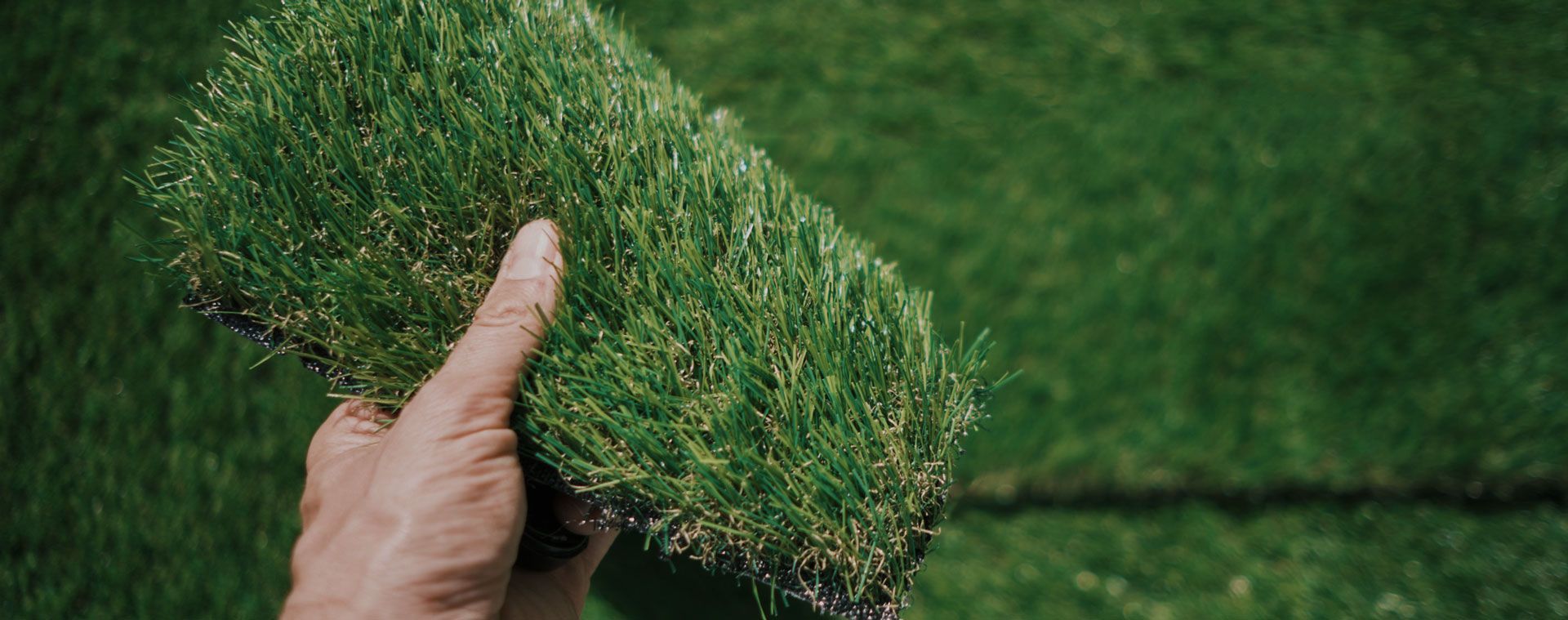Post Installation Sod Maintenance & Care
-
How Much Should I Water My Newly Installed Turfgrass?
The best guide to how much you should water your new grass should be based on local evapotranspiration (ET) information gathered from a nearby weather station; for those without access to this information, you typically want to water your grass 2 to 3 times per week applying 0.5 to 0.75 inches of water during peak growth seasons (Between April and September).
-
How Do I Properly Fertilize My Lawn?
Depending on the turfgrass that you have installed on your property will dictate your fertilization requirements, but applying fertilizer with a mixture of nitrogen and potassium at a ratio of 2:1 every four weeks should help to increase your turf’s tolerance to stress and promotes better rooting throughout the lawn.
-
Ensure You’re Properly Mowing to Reduce Unwanted Stress on Your Grass
Mowing is the most essential maintenance practice, second only to proper watering maintenance. Not only does it promote healthy top growth, but it also encourages the grass to grow out and helps control unwanted weeds.
-
Managing Existing and Newly Sprouting Weeds
Weeds are a problem no matter where you live, but proper care before turfgrass installation and afterward can help minimize their effect on your newly installed lawn. Before installation, use a non-selective herbicide like glyphosate (Roundup Pro) on the soil. Then once the grass has established strong roots, proper mowing, and herbicides can be used to limit weed growth.
-
Protecting Your Lawn from Disease
Nothing can kill a new sod and turn grass installation quite like a virulent pathogen and favorable environmental conditions. Heavy rainfall, fogs, high humidity, and warm temperatures create the perfect conditions for diseases to take hold of a fresh installation. Water it ideally in the morning to reduce the time your grass remains moist.
We’re here to help! Simply call 870-501-1134
to discuss your requirements.
BROWSE OUR WEBSITE
CONTACT INFORMATION
BUSINESS HOURS
- Monday
- -
- Tuesday
- -
- Wednesday
- -
- Thursday
- -
- Friday
- -
- Saturday
- Closed
- Sunday
- Closed

